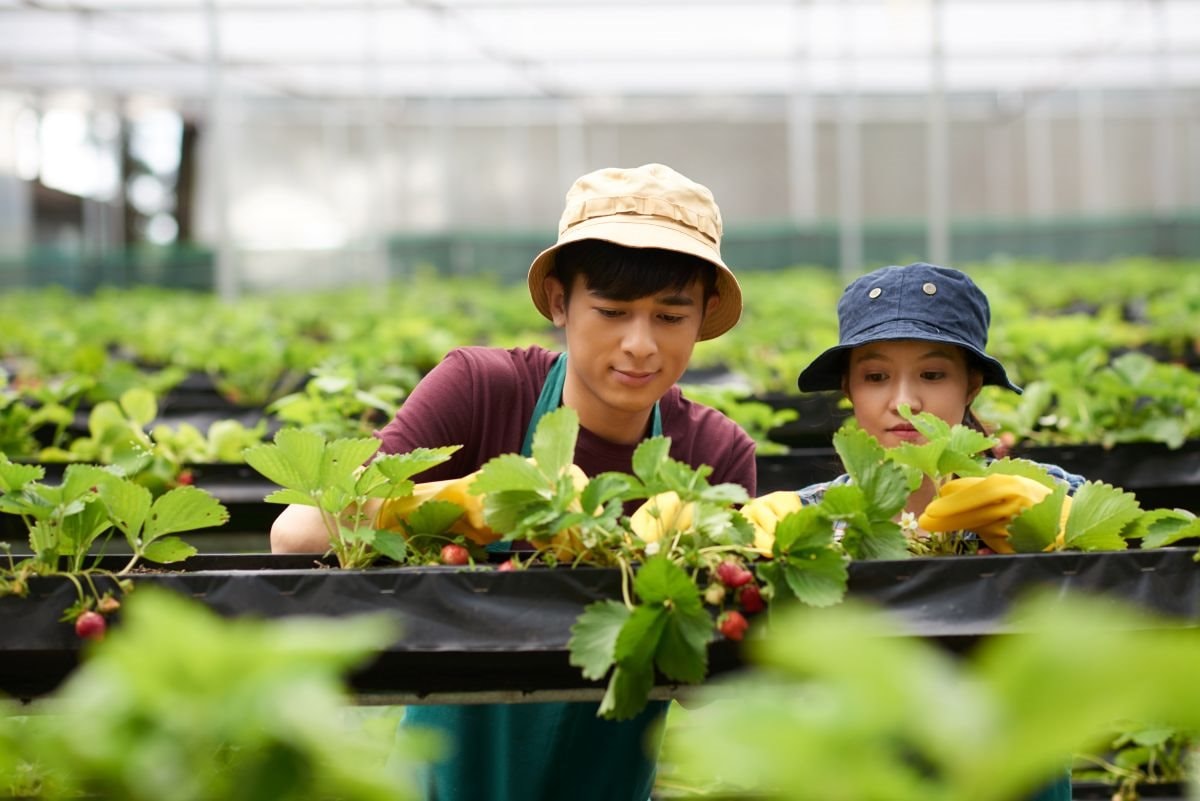
The Importance of Agricultural Products in Regional Trade
Agricultural products are not only essential food sources but also key export commodities for many Southeast Asian countries. According to Inbound Logistics, this region has a combined GDP of up to $1.9 trillion and a population of nearly 600 million, creating a large consumption market for agricultural products.
Countries like Thailand, Vietnam, and Indonesia are major agricultural exporters, providing rice, coffee, rubber, and seafood to many international markets. The development of agricultural supply chains not only adds value but also contributes to economic growth and poverty reduction in rural areas.
Agricultural products are not only essential food sources but also key export commodities for many Southeast Asian countries. This region has a combined GDP of up to $1.9 trillion and a population of nearly 600 million, creating a large consumption market for agricultural products.”
— Inbound Logistics
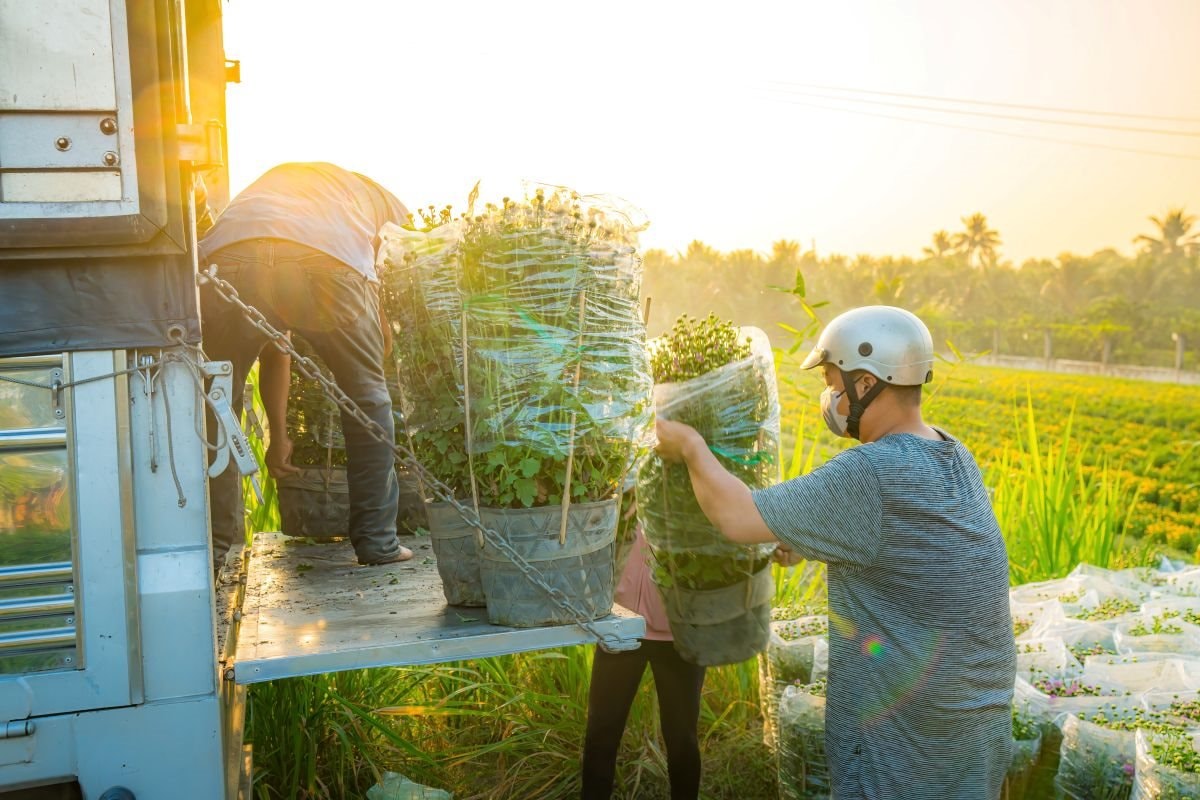
Major Exporting Countries: Thailand, Vietnam, Indonesia
- Thailand: As the world’s largest rice exporter, Thailand also supplies many tropical fruits such as bananas, pineapples, and mangoes. Its well-developed logistics system helps maintain a competitive edge in international markets.
- Vietnam: With the second-largest export volumes of coffee and pepper in the world, Vietnam is also a significant exporter of rice and seafood. The country’s ports and domestic transportation systems are being improved to meet growing export demand.
- Indonesia: Palm oil, spices, and seafood production are Indonesia’s strengths. However, the country’s logistics infrastructure remains limited, affecting supply chain efficiency.
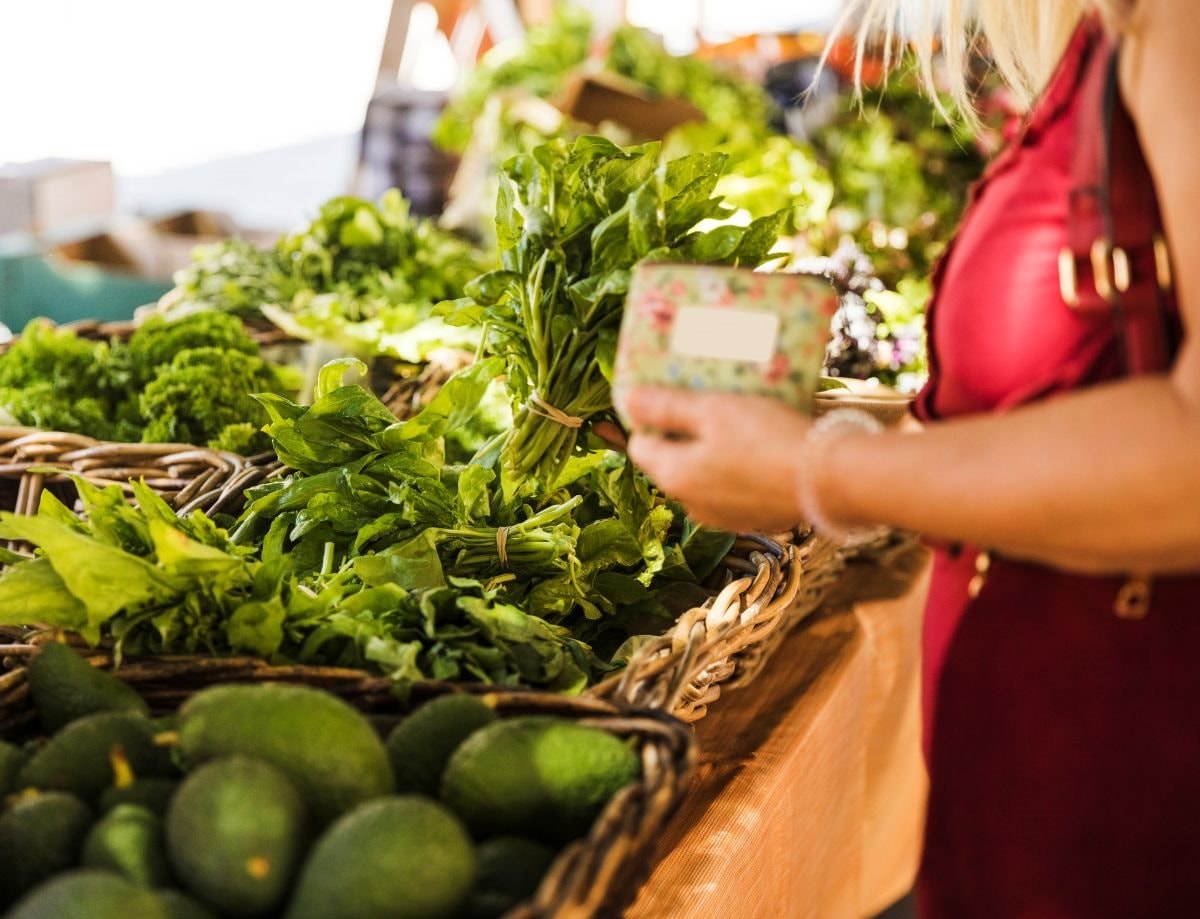
Challenges in Agricultural Supply Chain Logistics
Transporting and Storing Perishable Goods
Agricultural products such as fruits, vegetables, and seafood have a short shelf life, requiring modern transportation and cold storage systems. However, according to Inbound Logistics, many Southeast Asian countries lack cold storage infrastructure, leading to significant losses during transportation and storage.
Transport Infrastructure and Connectivity
Although the region has many seaports and international airports, domestic transportation systems, such as roadways and railways, remain underdeveloped, hindering the distribution of agricultural products from rural areas to consumption hubs.
Information Management and Traceability
The lack of efficient information management systems makes it difficult to track the route and quality of products, affecting both the reputation and food safety.
Technological Solutions in Agricultural Supply Chains
Cold Chains and Modern Cold Storage
To minimize losses, businesses are investing in cold storage and temperature-controlled transportation systems. For instance, Americold invested over $6 million in 2021 to complete 45 sustainable projects, including LED lighting systems and rainwater harvesting, helping reduce energy consumption and CO2 emissions.
Blockchain Technology for Traceability
Blockchain enhances transparency and traceability of products, ensuring quality and food safety. According to a study by BioTrak, this platform allows full supply chain tracking from production to consumption, helping minimize risks and build consumer trust.
Internet of Things (IoT) for Monitoring
IoT helps monitor the temperature, humidity, and location of goods throughout the transportation process. A recent study proposed a food tracking system using sensors and RFID technology, providing real-time data for both managers and consumers, ensuring product safety and quality.
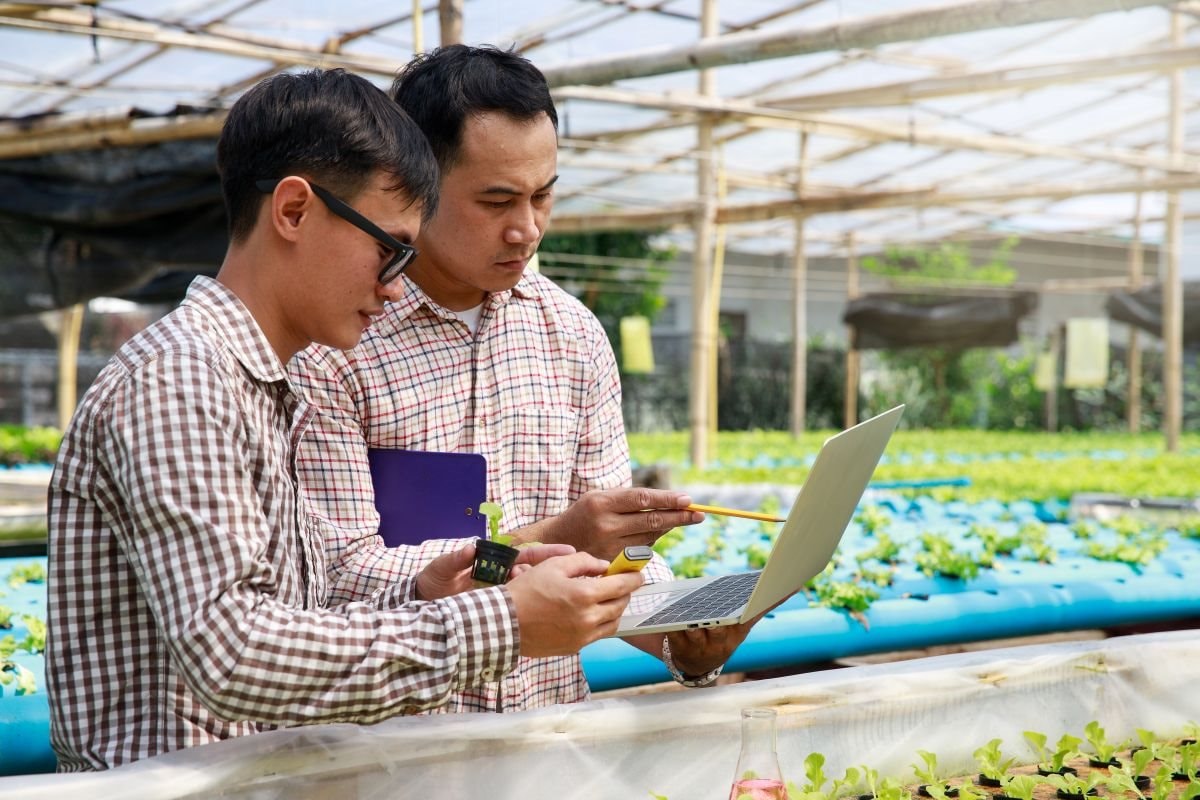
“Blockchain technology enhances transparency and traceability of products, ensuring quality and food safety. According to a study by MarketsandMarkets, the blockchain market in agriculture and food supply chains is expected to reach $948 million by 2025, with a compound annual growth rate of 48.1%.”
— Inbound Logistics
To develop sustainable agricultural supply chains in Southeast Asia, countries must focus on improving logistics infrastructure, investing in modern technology, and enhancing public-private cooperation. The application of cold chains, blockchain technology, and IoT not only helps minimize losses but also adds value to agricultural products, meeting the growing market demand both domestically and internationally.


.jpg)
.jpg)


.jpg)
.jpg)




.png)
.png)
.png)

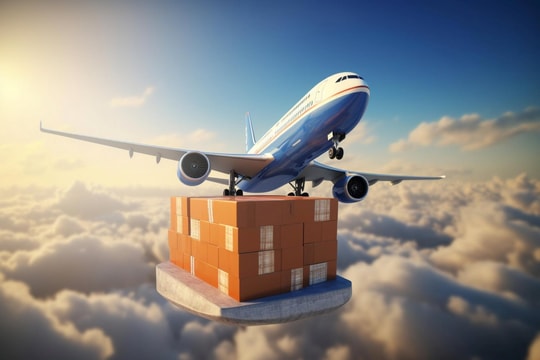
.png)
.png)


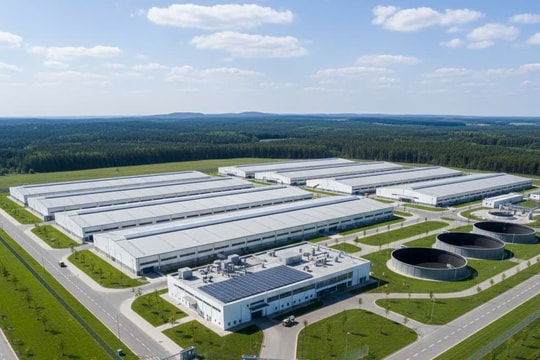


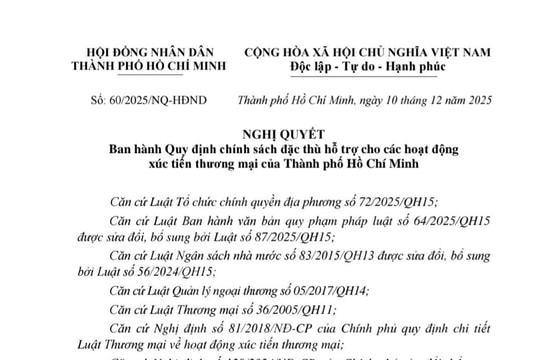
.png)

